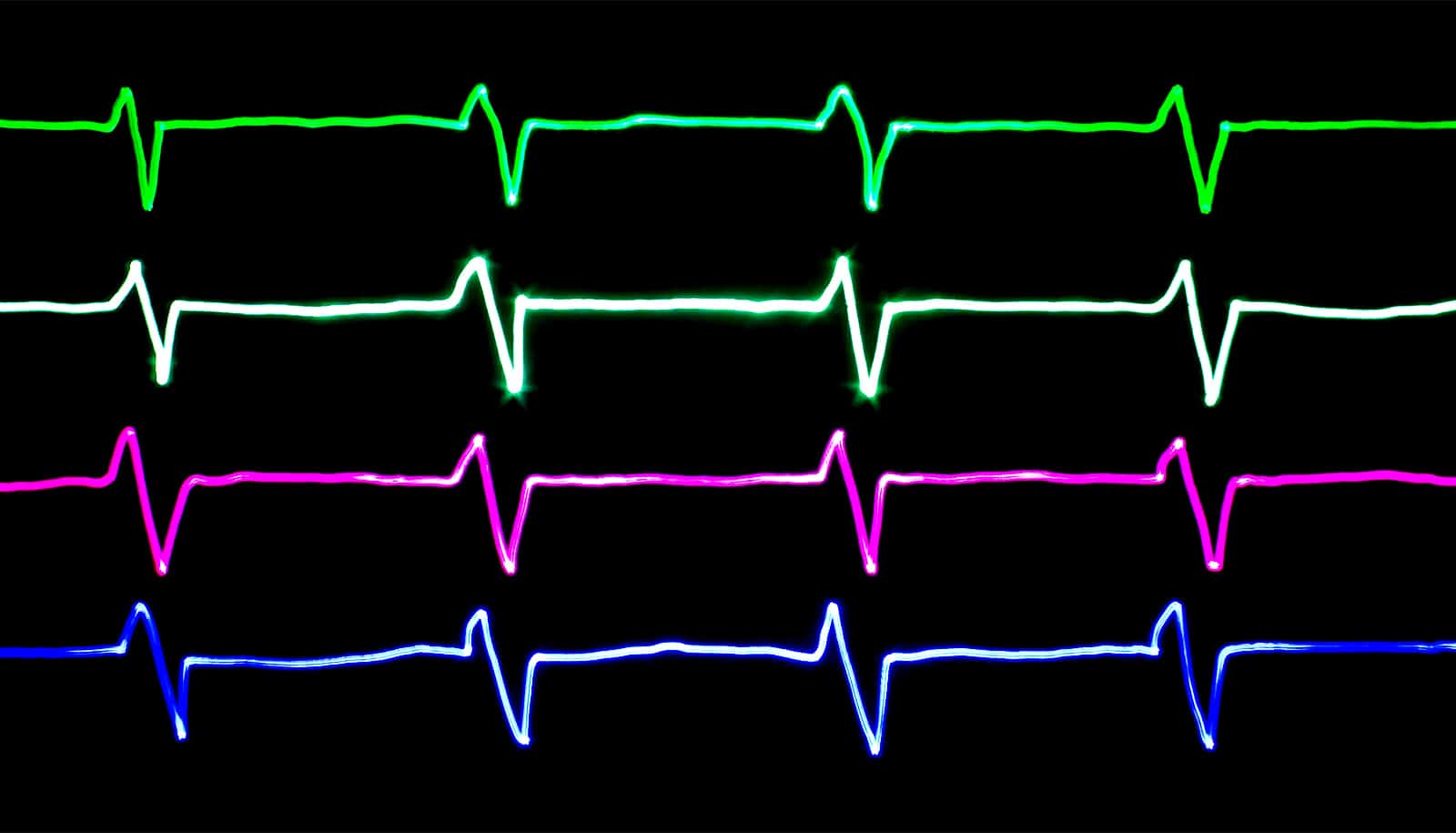
(Credit: Getty Images )
Team gets closer to precise treatment for arrhythmia
New research suggests a more precise way to treat a life-threatening form of irregular heartbeat called Long QT Syndrome.
New research makes a significant step toward precision medicine for patients with a life-threatening form of irregular heartbeat by determining in which patients a common drug treatment would be most beneficial.
In 2015, then-President Barack Obama launched a precision medicine initiative, saying that its promise was “delivering the right treatments, at the right time, every time to the right person.”
In the new study, researchers investigated the efficacy of the drug mexiletine on patients with a genetic mutation that causes Long QT Syndrome Type 3, a disorder that arises from the heart’s inability to properly repolarize, leading to irregular heartbeats—or arrhythmia. Long QT Syndrome patients have received the drug for decades but it was ineffective, sometimes even harmful, for a majority.
Jonathan Silva, associate professor of biomedical engineering at Washington University in St. Louis, was part of the team that investigated. He teamed up with lead author Wandi Zhu, a doctoral candidate in his lab, and collaborators from the University of Pavia in Italy. Their findings appear in Circulation Research.
In the sodium channel
Traditionally, researchers have only been able to look at certain variables in the heart. The approach by Silva’s lab was to create a statistical model that connected the variable properties of a patient’s phenotype, or the physical expressions of a genetic trait. Using fluorometry, a technique that measures changes in a fluorescent molecule’s environment, they understood the nanoscale interaction of mexiletine within the heart’s sodium channel.
“What that told us was there was one part in particular, in the Domain III voltage-sensing domain, that was really correlated to the drug effect,” Silva says. “While theories before us had linked the regulation of drug block to a certain conducting state of the channel, we tied it to a particular part of the channel. This improved understanding of how the channel works and how this part affects drug block allowed us to make this prediction on whether or not patients would respond.”
To test their theory, Silva and his team looked at 15 different mutations from patients who were diagnosed with Long QT 3 syndrome and found a very strong correlation with one of the sodium channel’s electrical gates known as the Domain III voltage sensing domain, but not with the traditional variables.
“That gave us a lot of confidence that the domain three voltage-sensing domain is controlling the patient’s response to the drug,” he says.
Seven out of eight
The team then applied its theory to blinded data of eight patients from the Priori group in Italy. When Silva’s team members sent their predictions back to the researchers, they discovered they had predicted correctly for seven of the eight patients.
Next, the team plans to conduct a larger clinical trial of its method.
“Now that we have strong evidence that this part of the channel is regulating the drug block, we want to use a similar approach for a much larger set of patients,” he says. “We want to see if we can take these methods that are applicable to a rare disease and use a similar approach to understand how commonly prescribed drugs affect more common arrhythmias.”
AHA Predoctoral Fellowships and the NIH supported the work.
Source: Washington University in St. Louis
The post Team gets closer to precise treatment for arrhythmia appeared first on Futurity.
Share this article:
This article uses material from the Futurity article, and is licenced under a CC BY-SA 4.0 International License. Images, videos and audio are available under their respective licenses.


